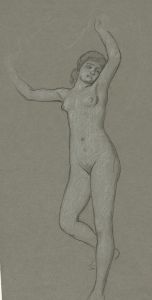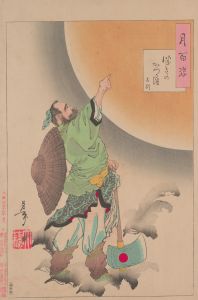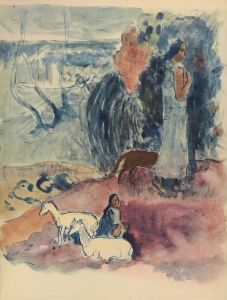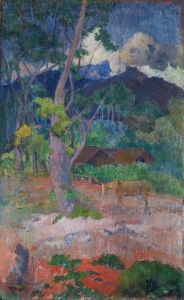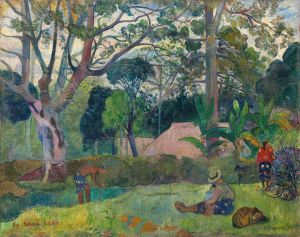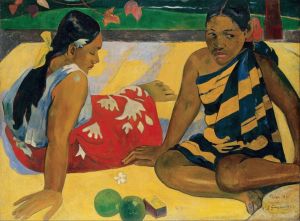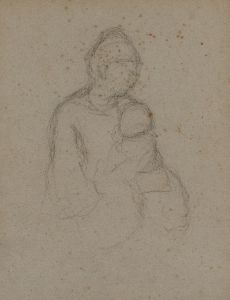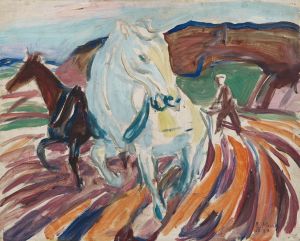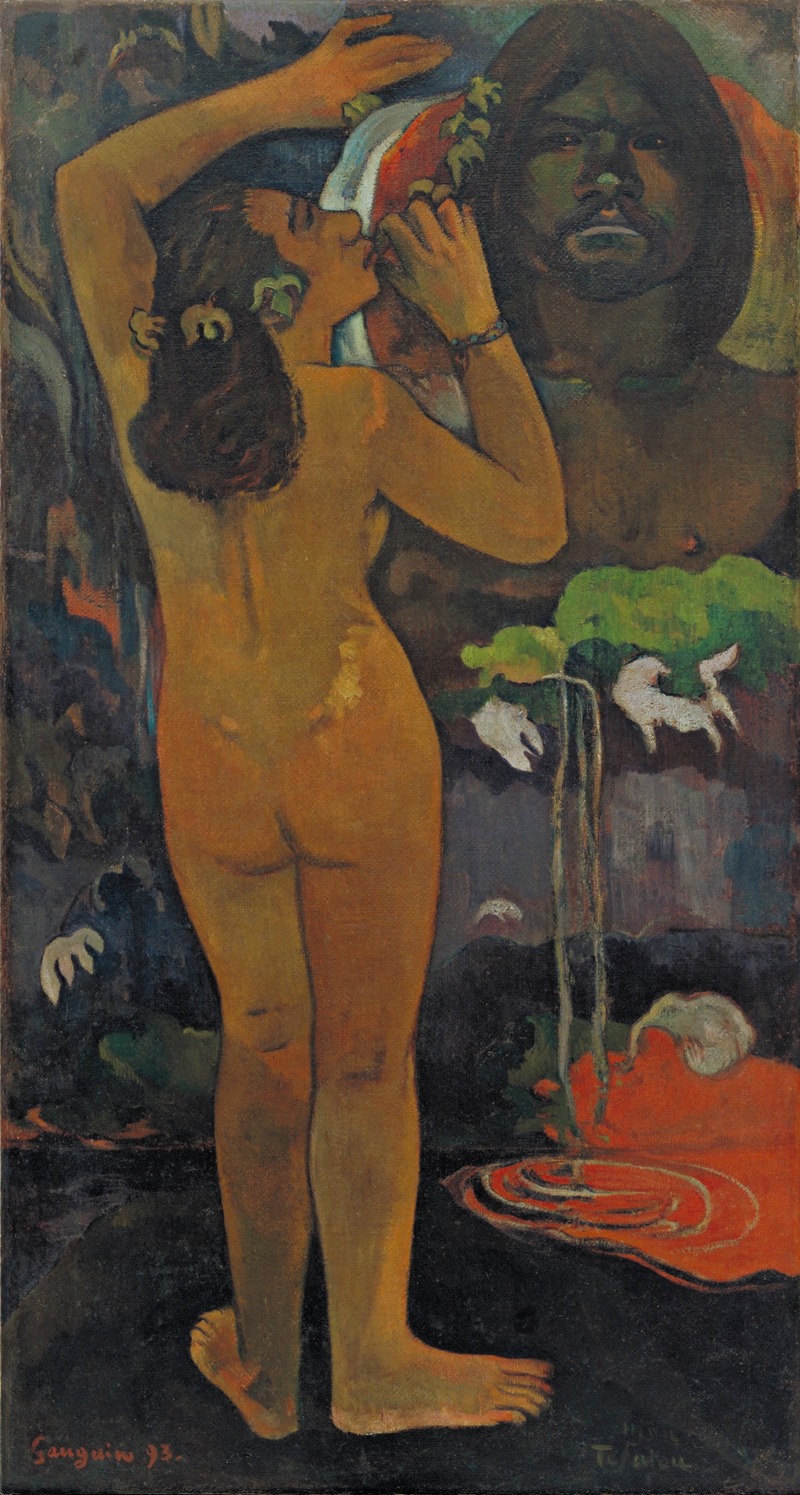
Hina Tefatou
A hand-painted replica of Paul Gauguin’s masterpiece Hina Tefatou, meticulously crafted by professional artists to capture the true essence of the original. Each piece is created with museum-quality canvas and rare mineral pigments, carefully painted by experienced artists with delicate brushstrokes and rich, layered colors to perfectly recreate the texture of the original artwork. Unlike machine-printed reproductions, this hand-painted version brings the painting to life, infused with the artist’s emotions and skill in every stroke. Whether for personal collection or home decoration, it instantly elevates the artistic atmosphere of any space.
Paul Gauguin's painting Hina Tefatou is a work created during the artist's time in French Polynesia, where he sought inspiration from the local culture, mythology, and natural environment. Gauguin, a leading figure of Post-Impressionism, moved to Tahiti in 1891 in search of a simpler and more "authentic" way of life, which he believed was absent in European society. His time in the South Pacific profoundly influenced his artistic style and subject matter, as he sought to depict the spiritual and cultural essence of the region.
The title Hina Tefatou refers to Hina, a prominent figure in Polynesian mythology. Hina is often associated with the moon and is considered a goddess or a mythical figure in various Polynesian traditions. The painting reflects Gauguin's fascination with local legends and his attempt to incorporate these narratives into his art. By doing so, Gauguin aimed to merge his own artistic vision with the cultural elements he encountered in Tahiti.
In Hina Tefatou, Gauguin employs his characteristic use of bold colors, flattened forms, and symbolic imagery. These stylistic choices are hallmarks of his Post-Impressionist approach, which sought to move beyond the naturalistic representation of the Impressionists. Instead, Gauguin focused on conveying emotional and spiritual depth through his compositions. The painting is believed to depict Hina in a contemplative or symbolic pose, surrounded by elements that may allude to her mythological significance. However, specific interpretations of the painting's imagery remain open to scholarly analysis.
Gauguin's works from this period, including Hina Tefatou, are often viewed as a blend of his personal imagination and his interpretation of Polynesian culture. It is important to note that Gauguin's understanding of Tahitian mythology and traditions was shaped by his own perceptions and the limited information available to him at the time. As a result, his depictions of Polynesian themes are not always accurate representations of the culture but rather his artistic reinterpretations.
The exact date of creation for Hina Tefatou is not definitively documented, but it is generally attributed to Gauguin's later years in Tahiti, likely in the 1890s. The painting is part of a broader body of work that reflects his exploration of spiritual and existential themes, often through the lens of Polynesian symbolism.
Today, Hina Tefatou is recognized as an example of Gauguin's innovative approach to art and his engagement with non-European cultures. The painting is housed in a public or private collection, contributing to the ongoing study and appreciation of Gauguin's legacy.





